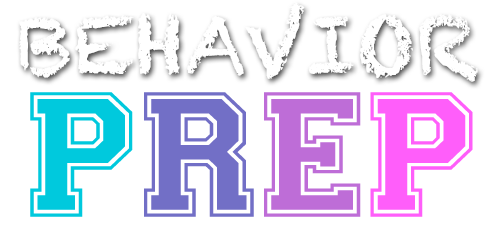C.1 Create operational definitions of behavior
Establishing operational definitions of behavior is a crucial step in applied behavior analysis (ABA) as it provides clear and measurable criteria for identifying and quantifying behavior. Here are the steps to establish operational definitions of behavior:
Clearly Identify the Behavior
Start by precisely identifying the behavior you want to define. Be specific and objective in your description to avoid ambiguity.
Example: Instead of saying “aggressive behavior,” specify the behavior as “hitting with a closed fist.”
Observable and Measurable Components
Break down the behavior into observable and measurable components. Identify the actions, responses, or physical manifestations that can be directly observed and measured.
Example: For hitting behavior, observable components may include raising the hand, making a closed fist, and striking an object or person.
Quantifiable Dimensions
Determine the dimensions or characteristics of the behavior that can be quantified. This may include frequency (how often the behavior occurs), duration (how long the behavior lasts), latency (time between a specific event and the behavior), or intensity (the force or magnitude of the behavior).
Example: In the case of hitting behavior, dimensions can be frequency (e.g., hitting occurs 10 times per hour), duration (e.g., hitting lasts for an average of 30 seconds), or latency (e.g., hitting occurs within 5 seconds of a specific event).
Clear Boundary Criteria
Set clear boundary criteria to determine when the behavior occurs and when it does not. Establish specific guidelines or thresholds that indicate the presence or absence of the behavior.
Example: Specify that hitting behavior includes instances where there is physical contact with another person or object using a closed fist but excludes instances of playful tapping or accidental bumps.
Training and Consistency
Ensure that all observers or data collectors receive proper training on the operational definition and criteria to ensure consistency in identifying and recording the behavior.
Example: Conduct training sessions to demonstrate and practice identifying instances of hitting behavior based on the operational definition and criteria.
By following these steps, behavior analysts can establish operational definitions of behavior that are clear, objective, and measurable, allowing for accurate data collection and analysis in ABA interventions and research.
